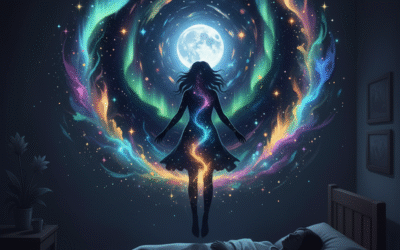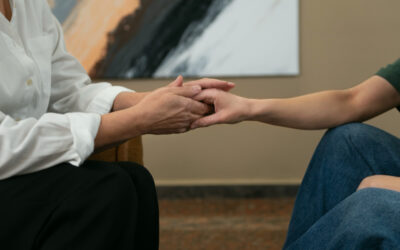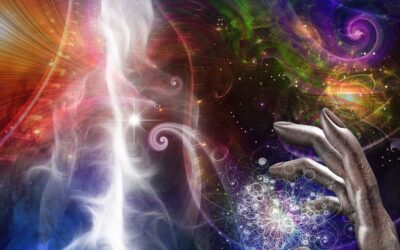Intro
We all talk about “vibes,” but what do we really mean when we say this place has great vibes or that person gave off anxious energy? Vibes are essentially the energetic atmosphere we feel, sometimes in a room, sometimes from a person, and sometimes within ourselves. They’re not just moods; they’re a mix of subtle cues, emotions, and energy that color our experience.
In this article, we’ll explore different types of vibes people often mention, like chill vibes, positive vibes, or focused vibes—and connect them to real-life situations. We’ll also look at how lower vibes like sadness or distraction can affect us, and how being aware of them can help us shift toward something more aligned.
If you’re curious about going even deeper into the practice of sensing and interpreting energy, you’ll find that what we’re exploring here connects directly to energy reading. (I even wrote a book about it, where I explain how to recognize your own vibe and the vibes around you with practical tools, but more on that later.)
Common Types of Vibes and What They Mean

We all pick up on vibes, even if we don’t always notice them. Think about walking into a room—sometimes it feels light and welcoming, other times it feels heavy or tense. Those subtle impressions are the “vibes” shaping your experience. They’re not random either; each type of vibe carries a certain tone that influences how you feel, act, and connect with others.
Let’s look at some of the most common vibes people talk about and what they usually mean in everyday life.
Chill Vibes
Think of that moment when you’re sitting in a cozy café with soft background music, sipping coffee without a rush. Or when you’re by the beach, the sun is warm, and you feel no pressure to be anywhere else. Chill vibes are calm, easy-going, and steady. They make you feel like you can finally exhale.
Positive Vibes
This is what people mean when they say good vibes only. Positive vibes are uplifting, supportive, and full of optimism. You might feel them when you’re around a friend who always makes you laugh, or at a celebration where the energy is contagious. Positive vibes don’t mean everything is perfect—they’re more about how the energy feels hopeful and motivating.
Optimism
While related to positive vibes, optimism is a specific kind of energy that leans toward possibility. It’s the vibe of someone who sees solutions instead of problems, or who says, We’ll figure this out. Optimism is magnetic, and when you’re around it, you feel more capable and less stuck.
Ambience (or Atmosphere)
Ambience is the vibe of a space. Think candlelight and soft jazz at a dinner spot, or the tense silence before a big exam. Atmosphere holds a collective energy—it’s not just about one person, but about how the setting itself influences how people feel.
Anxious Vibes
We’ve all walked into a room where the tension feels heavy. Maybe someone is nervous, maybe everyone is stressed, but it rubs off quickly. Anxious vibes can come from a single person’s restless energy or from a collective state, like a workplace right before a big deadline.
Creative Vibes
Imagine being in a studio where people are painting, writing, or brainstorming together. The air feels charged with ideas. Creative vibes are playful, experimental, and open-ended. They invite flow, inspiration, and possibility.
Distracted Vibes
We’ve also been on the other side—when someone’s with us but scrolling their phone, or when our own mind keeps racing and we can’t stay present. Distracted vibes feel scattered and restless, like the energy is stretched in too many directions.
Empathy
Empathic vibes are the sense of warmth and care you get from someone who really listens. It’s the feeling of being understood without needing to explain too much. These vibes soften the energy and make space for vulnerability.
Excitement
Excited vibes are vibrant, high-energy, and contagious. You’ll feel them at a concert when the crowd cheers before the band starts, or when someone tells you great news with sparkling eyes. Excitement can uplift the whole room, but it can also become overwhelming if it’s too intense.
Focused Vibes
Picture someone studying intently or working on a project with full attention. The vibe is sharp, clear, and directed. Focused vibes often feel grounding because the energy isn’t scattered—it’s aligned with a purpose.
Lower Vibes
This is a broad term people use for energy that feels heavy, draining, or stagnant. Lower vibes might show up as sadness, pessimism, or lack of motivation. We all have days when our energy dips, but staying too long in this state can feel like being stuck in mud.
Sadness
Sad vibes are gentle but heavy, like a cloud hanging low. You might sense it when someone is grieving or when you feel it yourself after a difficult experience. Sad vibes aren’t “bad”—they’re part of the human experience—but recognizing them helps you care for yourself or offer support to others.
Why Recognizing Vibes Matters
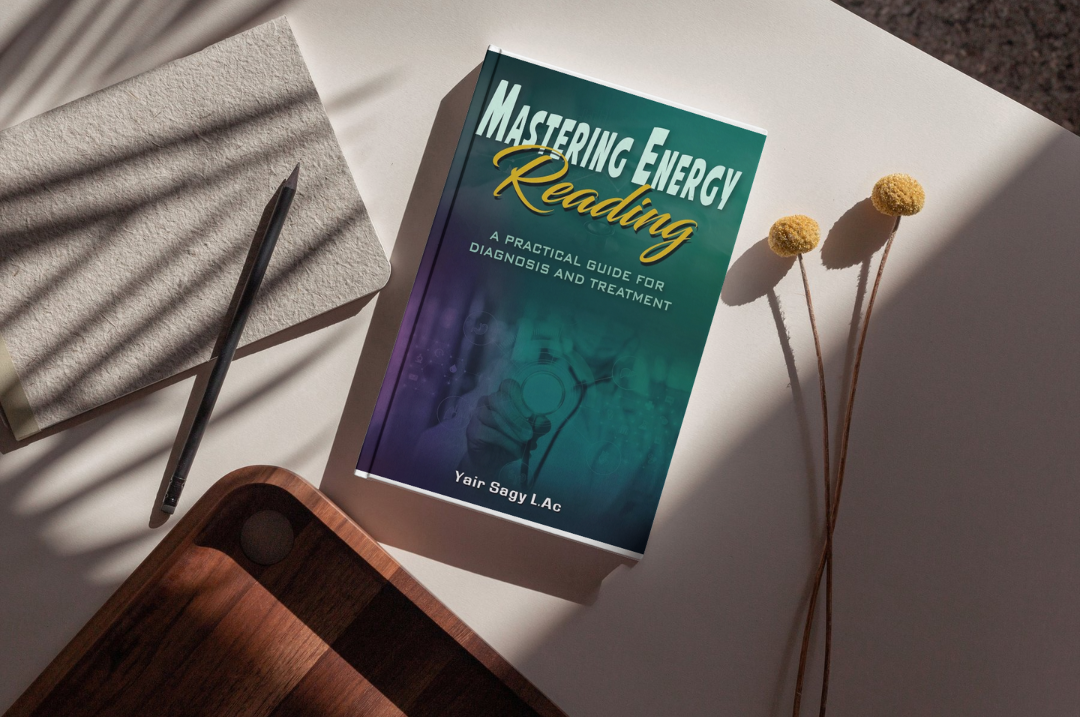
When you learn to recognize the types of vibes—both in yourself and in others—you gain a kind of compass. It helps you understand why you feel uplifted in some spaces but drained in others. It also allows you to be more intentional about the energy you bring into your relationships and daily life.
This is where energy reading comes in. In my book, Mastering Energy Reading, I share ways to sense subtle shifts in vibes and energy. With practice, you start noticing not just moods, but deeper energetic patterns. That awareness can be life-changing—it helps you connect more authentically, navigate conflicts, and create spaces where you and others can thrive.
FAQ

What are examples of vibe?
Examples of vibes include calm, focused, anxious, or excited atmospheres. For instance, a quiet café gives off chill vibes, while a concert feels electric and full of excitement.
What is energy vibe?
An energy vibe is the subtle impression you give or pick up from others, often shaped by mood, intention, or environment. It’s like the unspoken atmosphere that surrounds someone or something.
What are mood vibes?
Mood vibes are the emotional tones people carry in a moment, such as joy, sadness, or irritation. They can shift quickly and influence the energy of those around you.
How do I identify my vibe?
You can identify your vibe by noticing your emotional state, body language, and how people respond to you. Journaling or meditation can also help you tune into your personal energy.
Are there different types of vibes?
Yes, there are countless types—like positive, chill, creative, anxious, or focused vibes. Each one reflects a different emotional or energetic state.
What is an aura vibe?
An aura vibe refers to the energetic “field” around a person, often described in spiritual traditions as a colorful reflection of their inner state. It’s like an extended version of your mood that others may sense.
What are positive vibes?
Positive vibes are uplifting, warm, and encouraging feelings that foster optimism and connection. They often leave you feeling energized and supported after an interaction.
Are vibe and aura the same?
Not exactly. A vibe is the immediate energy you feel or project, while an aura is seen as a more subtle, layered energy field surrounding you. They overlap but aren’t identical.
What are some good vibes?
Good vibes usually include feelings of joy, peace, creativity, and empathy. For example, laughter with friends or listening to music you love can generate strong good vibes.
What is an emotional vibe?
An emotional vibe is the direct reflection of your feelings at a given time, like excitement, sadness, or calm. It often sets the tone for how others perceive you in the moment.
What does “chill vibes” mean?
“Chill vibes” describe a relaxed, easy-going energy, often associated with comfort, peace, and leisure. Think of a lazy Sunday afternoon with good music and no rush.
Can you sense someone’s vibe?
Yes, most people naturally sense vibes, often through subtle cues like tone of voice, posture, or eye contact. It’s part intuition, part observation.
What is the spiritual aura?
The spiritual aura is believed to be the energetic field surrounding a person, reflecting their physical, emotional, and spiritual state. Some traditions say it reveals your deeper essence.
Is vibe a vibration?
In a way, yes. “Vibe” comes from “vibration,” and many people use it to describe the frequency of someone’s energy. A higher vibration is linked to love and joy, while a lower one connects to fear or sadness.
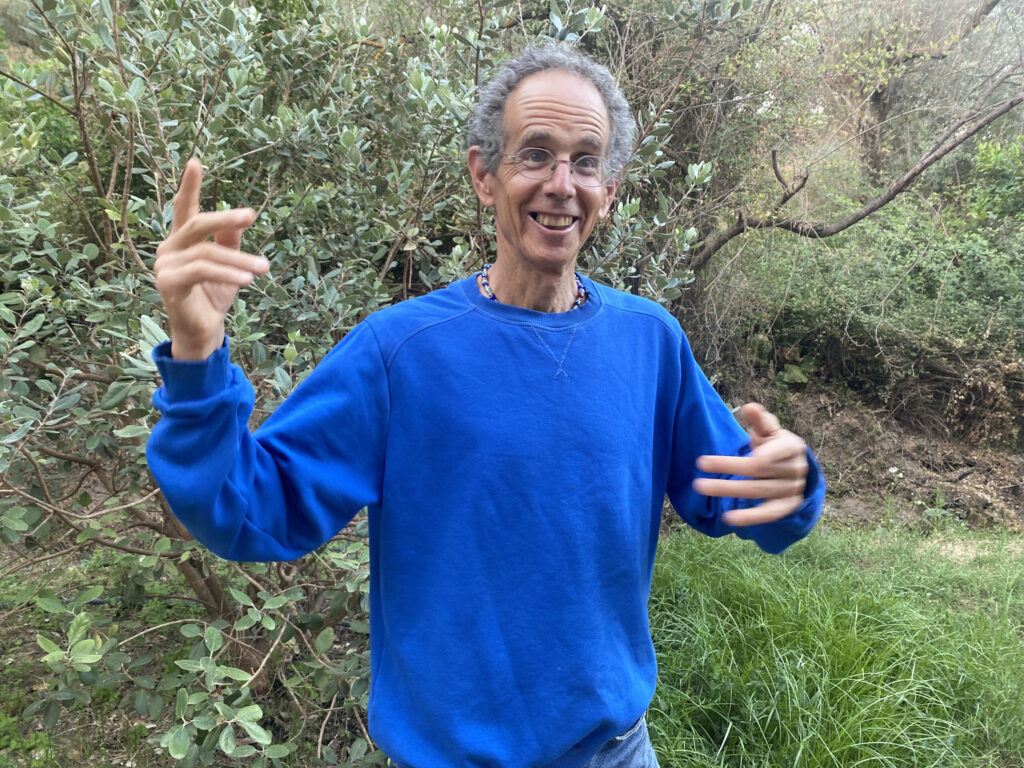
Final Thoughts
Vibes aren’t just buzzwords—they’re the lived experience of energy in motion. From the excitement of a concert to the sadness of loss, from the chill of a lazy Sunday to the optimism of a new beginning, vibes shape how we connect with ourselves and each other.
Learning to notice and understand them is a powerful skill. It helps you choose your environments more wisely, tend to your own energy with care, and create more authentic relationships. And if you want to explore this more deeply, energy reading practices (like the ones I teach in my book) can be a beautiful path to discovering the unseen layers of connection.
If you’re ready to take this further, you can also book a private session with Yair for personalized guidance to help you connect with and understand your unique energy.
Subscribe
If types of vibes guide sparked something in you, we invite you to stay close. Subscribe to our Infinite Being Academy newsletter for more insights, guided practices, and upcoming events that support your energy awareness and spiritual growth.
If you’d like to support us, please subscribe to our official YouTube channel, buy me a coffee, or join our Aura Community.

